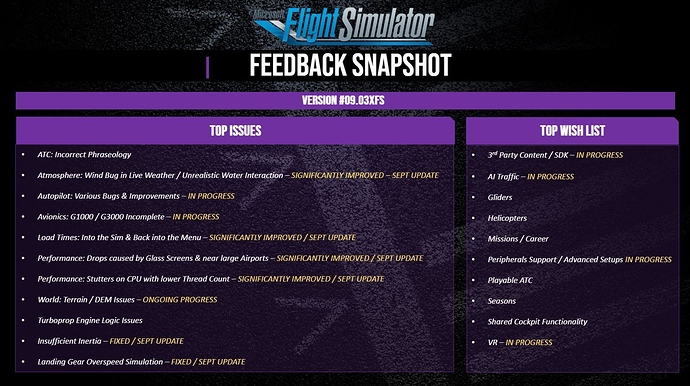A GPS RNAV approach depends only on GPS. It does not require any ground-based navaids.
Not all GPS RNAV approaches offer vertical guidance, and not all aircraft are capable of using the vertical guidance for those approaches that do have the option.
Some approaches with a letter at the end of the procedure name eg: “RNAV(GPS)-A” have only circling minimums. These do not align the aircraft with a specific runway. The minimums for a circling approach are usually quite high, because the pilot needs to be in visual conditions at the end of the approach to manually align the aircraft with the landing runway.
At a minimum, non-circling RNAV approaches will have lateral guidance (LNAV) which will generally align the aircraft with the runway centerline.
In an LNAV-only approach, the pilot is responsible for manually controlling the rate of descent. The descent can be done by the autopilot (typically using vertical speed mode), but the pilot is responsible for adhering to any altitude restrictions that may be attached to waypoints that exist between the IF/IAF (initial approach fix) and the MDA (minimum descent altitude). The descent path in an LNAV-only approach will often be a series of “step downs” in altitude, rather than a continuous unbroken vertical path.
LNAV/VNAV approaches do offer vertical guidance, but the vertical descent path is calculated by the GPS or FMS based on the altitude of the initial approach fix, the altitude of the MDA, and the distance between them.
An LNAV/VNAV approach requires an aircraft whose autopilot has full VNAV capability. In VNAV the autopilot will control the rate of descent automatically, and will adjust the descent rate as required based on the aircraft’s speed and position, but it is not the same as tracking a glideslope. The pilot is responsible for monitoring the aircraft’s altitude and descent rate, insuring that the aircraft does not descend below any intermediate altitude constraints on the approach. The altitude selector must be set for the MDA altitude, to insure the aircraft descends no lower than MDA. The vertical mode on the autopilot is set to VNAV (or VNV).
When flying a VNAV approach, there is no glideslope indication on the primary flight display.
An LPV approach has the lowest minimums, and is the only type which is flown using the same techniques as flying an ILS. An RNAV approach with LPV minimums will always show the letters “WAAS” in the upper left corner of the published approach plate.
WAAS is a supplemental satellite signal that greatly increases the vertical accuracy of the GPS receiver. Obviously LPV can only be flown by a GPS with the necessary circuitry to detect and utilize the WAAS signal. (Not all GPS receivers have this capability).
When flying an LPV approach, the GPS receiver creates a pseudo glideslope path, based on its ability to measure the aircraft’s altitude very precisely thanks to the supplemental WAAS signal. The WAAS glideslope indicator appears on the PFD just as it does when flying a standard ILS. The autopilot is placed in approach mode (APPR) to fly an LPV approach. The autopilot can capture and track the GPS-created “localizer” and “glideslope” exactly as it would when flying a standard ground-based ILS.
Although an LPV approach is technically considered to be a “non-precision” approach, as a practical matter, the LPV minimums for a given runway are often identical to the ILS for the same runway. Sometimes the LPV minimums are even slightly lower than the associated ILS!
Most r/w airliners can do an LNAV/VNAV approach, but LPV capability is not as common in airliners. LPV is more common in biz jets, turboprops and piston GA aircraft.
The only way to know for sure what kind of vertical guidance options are available for a specific RNAV approach is to consult the published approach plate.
Since VNAV does not yet work correctly in any MSFS aircraft, simulated LNAV/VNAV approaches are not yet possible. The G-xxxx equipped aircraft do appear capable of doing an LPV approach, but there appear to be some discrepancies as to how the approach is loaded and activated compared to a real G-xxxx equipped aircraft.

